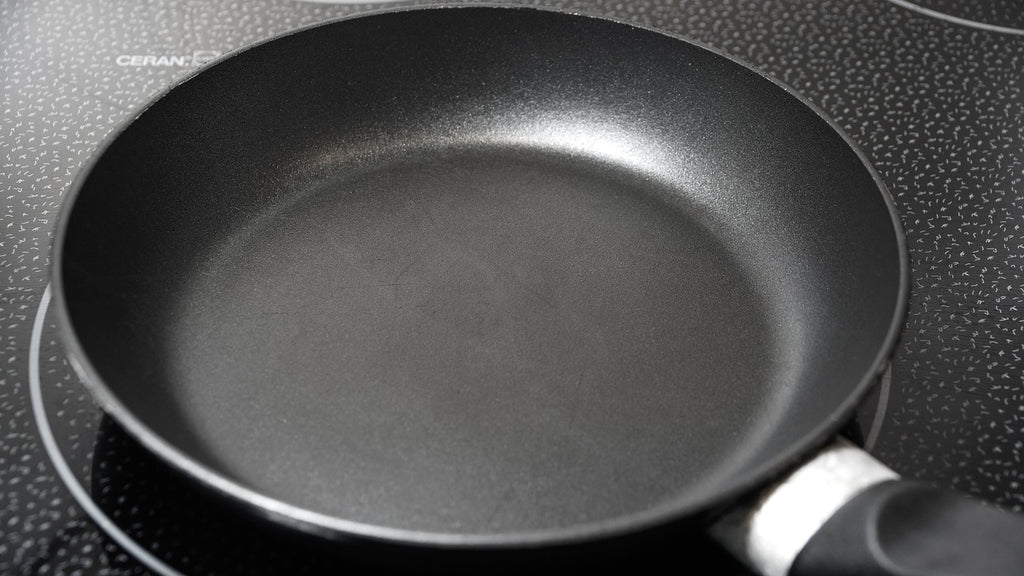
This article will show you time-saving techniques, how to clean your kitchen before cooking, as well how to make use of leftovers. Here's a list with some of the most time-saving kitchen tips. Then, use these tips to make every day meal prep as stress-free as possible. Do not forget to use these simple, time-saving cooking techniques! Happy cooking! Continue reading to find more time-saving recipes!
Time-saving strategies
Summer is upon us, which means that you will need time-saving cooking tips. These are great tips, no matter if you're cooking for your whole family or one person. While summer cooking can be tedious, it doesn't have to be. These tips will help you make delicious meals in a fraction of the time. If you are short on time, you will be able to make a gourmet dish in less time.
First of all, try to cook with someone. Cooking with a partner is more fun. You will eat better and save more time if you can reduce your time in the kitchen. Make sure you read the entire recipe before starting, so that you are prepared for the next steps. A timer will help you save time. It will also help you save time when cleaning up. To cut down on time spent cleaning up after a busy day, prepare your meals ahead of time.
Reuse leftovers
You can save your time by storing leftovers in an airtight container in the freezer. Food should be kept dry in a cool place. Be sure to label food with the date it was prepared. Make meals and casseroles from leftovers. You can use leftover meat or vegetables as toppings for pizzas or sandwiches. Make sure to label containers so you won't end up with mystery jars. Use leftovers for cooking can help you save money and make your meals healthier.

The best way extend the shelf life for leftovers is to prepare them the night prior. However, you should keep in mind that some foods might not taste as good the next day due to the difference in flavor or texture. You might not know that there are leftovers from a Tuesday-prepared dish. Don't eat your leftovers if that happens. If you are going to have leftovers for the rest of the week, try to use them in a meal prep program. You'll be pleasantly surprised at the number of delicious recipes that are included in the program.
FAQ
What is the cost of a culinary school?
The cost of a culinary school depends on where you are, how much you study, and what program or course you choose. The annual tuition average is between $10,000 and $30,000 Most students graduate with about $20,000 in debt. However, some programs offer scholarships, grants, and work-study opportunities.
Are there any requirements to become a chef?
No. Many chefs learned their craft on their own. Some even went on to culinary school to gain work experience. Culinary school is preferred by most chefs because they have more opportunities to grow and learn. Culinary schools offer students hands-on training, which helps them build valuable skills and improve their cooking knowledge.
How do you get hired as a Chef?
First, you need to earn a culinary arts diploma in order to get a job working as a chef. Next, join a professional organisation such as ACF. This organization offers certification exams and networking opportunities.
Can I learn to cook alongside my kids?
Yes! Yes! It's a fun activity which teaches children responsibility and teamwork. From washing vegetables to chopping onion, children can help. You will have your children enjoy helping you cook as long as they follow safe procedures when using knives.
Statistics
- The median pay for a chef or head cook is $53,380 per year or $25.66/hour, according to the U.S. Bureau of Labor Statistics (BLS). (learnhowtobecome.org)
- In the United States, the category is estimated at $23.2 billion annually and is growing faster than the market. (washingtonpost.com)
- under 10 Kids have been taught that there is special food just for them, and Fiese says that 10 percent of kids will throw a tantrum if they don't get the food they want. (washingtonpost.com)
External Links
How To
How to make a perfect eggroll
Omelets are my favorite breakfast dish. How do you make them perfect? I have tried many different recipes and methods, but none of them work. I have some tips and tricks to help you make delicious, fluffy omelets every single morning.
First, eggs can be very temperamental ingredients for making omelets. Eggs must be purchased fresh, preferably organic, and kept chilled until ready for cooking. They must be kept cool, otherwise the whites will not form properly and the yolks may become runny. Your omelets will look strangely colored if this happens. If you want to make omelets right away, it's best not to use eggs that are too cold.
Another tip is to separate each egg before adding them to the saucepan. It is important not to allow any white to mix with the yolk as this could lead to the omelet becoming curdled.
The egg can burn if it is placed directly on the stovetop. Instead, microwave the egg for 10 seconds before adding it to the pan. The microwave heat cooks your egg just right, without it becoming too soft.
Next, let's talk about mixing the eggs. When you mix eggs together, you want to beat them well. Turn the bowl upside down and grab the whisk to do this. Next, shake the bowl vigorously. The egg will be thoroughly mixed in the bowl as the air is whipped.
Now comes the fun part - pouring the milk into the mixture. Fold the eggs in the milk mixture by first pouring half of it into the egg whites. Do not worry if you see streaks of egg; they will disappear when the omelet is flipped.
After folding the eggs, place the pan on medium heat and wait for the oil to start sizzling. Once the oil begins to heat, add 1/4 cup butter and swirl the pan to coat it. Open the lid and sprinkle salt on the pan. A pinch of salt will help prevent the omelet from sticking to the pan.
Once the omelet has formed, cover the pan again and wait for the top side to set completely. Flip the omelet by using a spatula. Cook the opposite side for another minute. Serve the omelet immediately by removing it from the pan.
This recipe works best using whole milk. Skimmed milk is also possible.